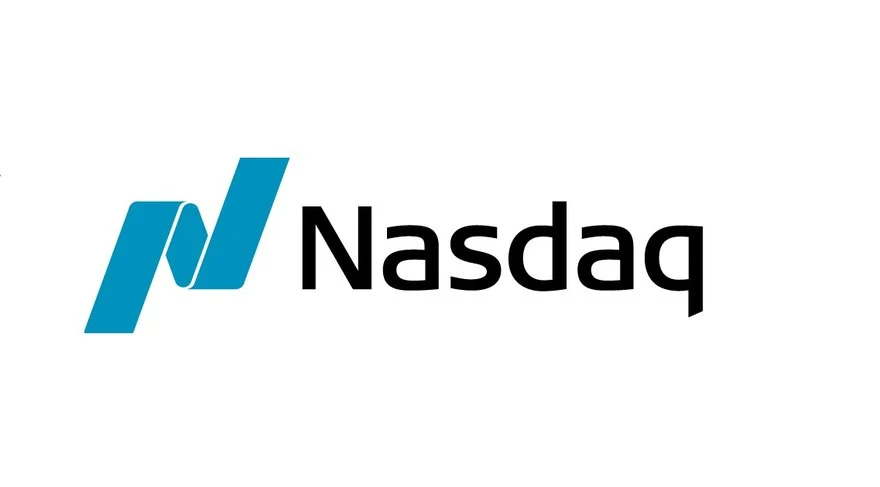Green marketing, once a niche concept, has now become a pivotal aspect of modern business strategies. Companies worldwide are recognizing the importance of aligning their practices with environmental sustainability. This article delves into the evolution of green marketing, the factors influencing its growth, and the challenges and opportunities that lie ahead.
Introduction
Green marketing is more than just a buzzword; it represents a paradigm shift in how businesses operate. In an era where environmental concerns are at the forefront, adopting sustainable practices isn’t just a choice; it’s a necessity. This article explores the trajectory of green marketing and its future implications.
Evolution of Green Marketing
Looking back, the journey of green marketing has been transformative. From its humble beginnings as a response to heightened environmental awareness, it has evolved into a dynamic force shaping consumer behavior and corporate strategies. Milestones in sustainable practices have paved the way for a future where eco-friendly initiatives are not just appreciated but expected.
Consumer Awareness and Demand
Today’s consumers are more informed and conscientious than ever. The rise of environmental documentaries, social media movements, and increased access to information has led to a heightened awareness of ecological issues. Consequently, consumers are demanding products and services that align with their values, creating a substantial market for green marketing.
Innovation in Sustainable Products
In the quest for sustainability, businesses are leveraging technological advancements to develop innovative and eco-friendly products. Case studies of successful green product launches showcase how creativity and sustainability can go hand in hand, proving that businesses can thrive while making a positive impact on the planet.
Corporate Social Responsibility (CSR) in Green Marketing
Beyond products, the integration of sustainability into corporate values has become a linchpin of successful green marketing. Embracing Corporate Social Responsibility (CSR) not only benefits the environment but also enhances brand image and fosters customer loyalty.
Challenges and Criticisms
However, the path to green marketing success is not without challenges. Skepticism and accusations of greenwashing persist. Addressing these concerns transparently and authentically is crucial for businesses aiming to build trust with their eco-conscious consumer base.
Regulatory Influence on Green Marketing
As governments worldwide tighten environmental regulations, businesses must align with these standards. Understanding and complying with regulatory frameworks not only mitigates legal risks but also positions companies as responsible stewards of the environment.
Global Collaboration for Environmental Conservation
Green marketing isn’t limited by borders. Successful campaigns often involve global collaboration to address environmental challenges collectively. Examining international success stories provides insights into the potential impact of cooperative efforts.
Technological Integration in Green Marketing
In the digital age, technology plays a pivotal role in green marketing. Utilizing social media platforms and online channels effectively spreads the message of sustainability to a wider audience, fostering a global community of environmentally conscious consumers.
Educational Initiatives for Sustainable Practices
Education is a cornerstone of sustainable change. Both consumers and businesses need to be informed about the impact of their choices. Collaborative initiatives for spreading awareness can significantly contribute to a more sustainable future.
Measuring the Impact of Green Marketing
For green marketing to be effective, companies must measure and communicate their environmental impact accurately. Utilizing tools and metrics helps in evaluating the success of sustainable initiatives, providing insights for continuous improvement.
The Rise of Green Startups
A notable trend in the green marketing landscape is the rise of startups dedicated to environmental causes. These innovative companies challenge traditional business models, proving that sustainability can be a driving force in entrepreneurship.
Adapting to Changing Consumer Trends
The only constant in consumer behavior is change. Staying ahead of evolving trends is crucial for businesses to remain relevant. Flexibility and adaptability in green marketing strategies ensure that companies continue to meet the expectations of their environmentally conscious audience.
Balancing Profitability and Sustainability
One of the challenges businesses face in green marketing is striking the right balance between profitability and sustainability. Successful companies find innovative ways to remain economically viable while minimizing their ecological footprint. Case studies illustrate how a commitment to sustainability can lead to long-term profitability.
Conclusion
In conclusion, the future of green marketing is bright, but it requires strategic thinking and genuine commitment. The evolving landscape demands businesses to be proactive in adopting sustainable practices, embracing innovation, and fostering global collaboration. As consumers become more discerning, companies that prioritize both profit and sustainability will undoubtedly thrive.
FAQs
- Is green marketing just a trend, or is it here to stay?
- Green marketing is not a passing trend; it’s a fundamental shift in consumer behavior and corporate values. Businesses that embrace sustainability are likely to thrive in the long run.
- How can small businesses integrate green marketing strategies?
- Small businesses can start by assessing their operations for eco-friendly opportunities, communicating transparently with customers, and gradually implementing sustainable practices.
- What role do consumers play in driving green marketing trends?
- Consumers play a crucial role in shaping green marketing trends through their purchasing decisions. As awareness grows, businesses are compelled to align with consumer values.
- How can businesses measure their environmental impact accurately?
- Utilizing environmental impact assessment tools, life cycle analysis, and collaborating with sustainability experts can help businesses measure and communicate their environmental impact.
- What is the significance of global collaboration in green marketing?
- Global collaboration is essential for addressing environmental challenges that transcend borders. Shared initiatives and knowledge contribute to a more effective and impactful green marketing landscape.

